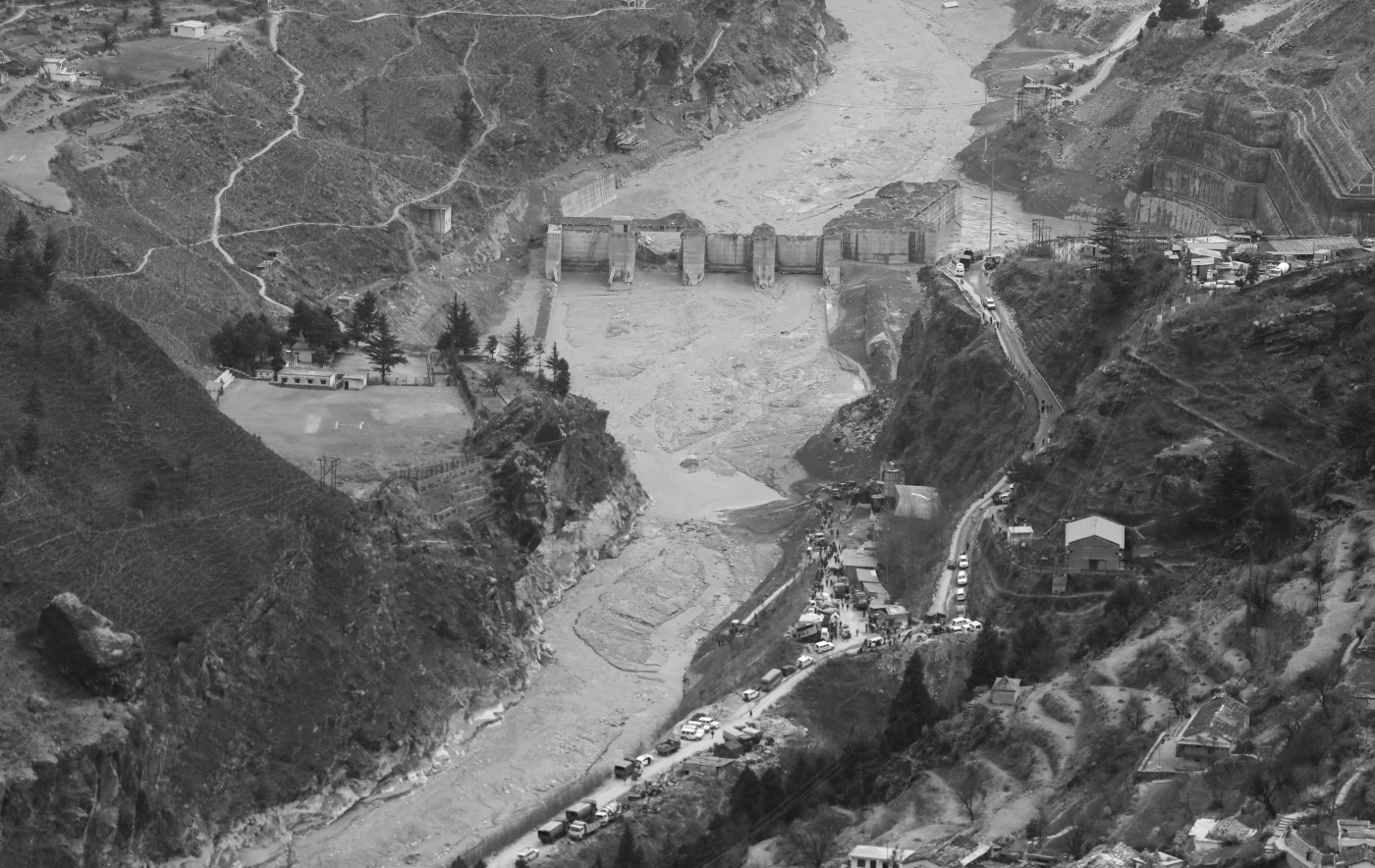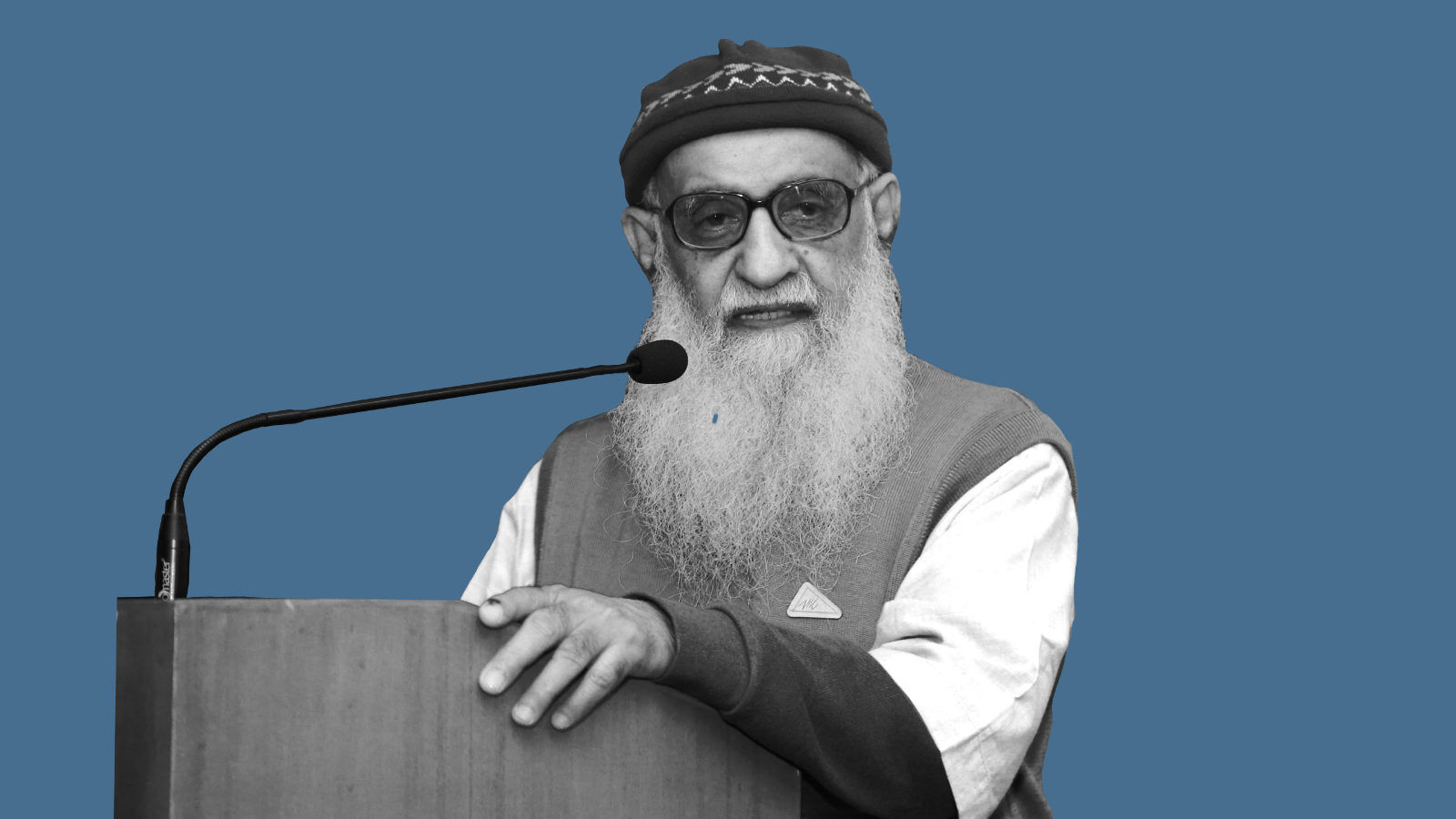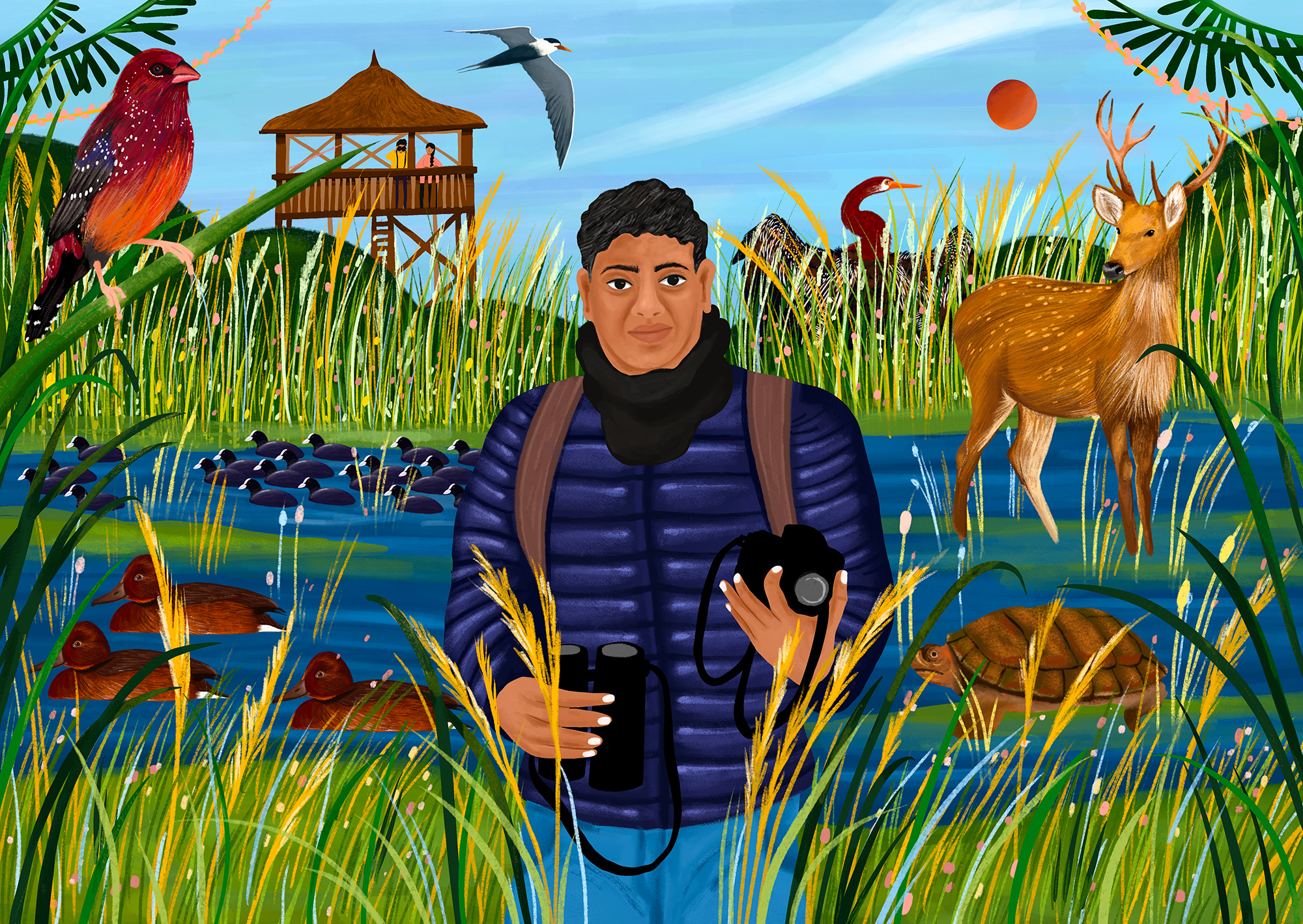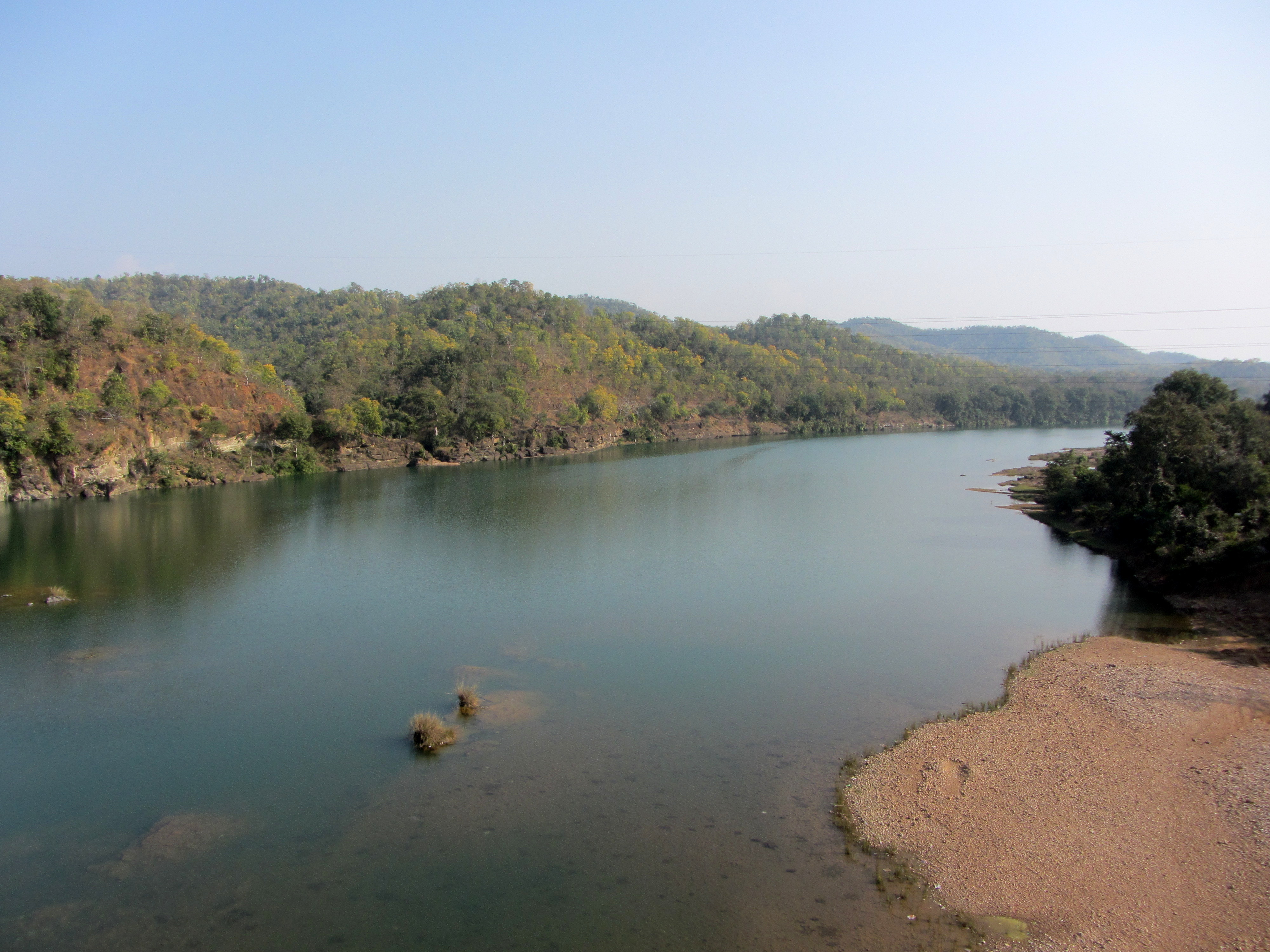By Ritwick Dutta
If rivers are considered as living beings, we must recognise that in India today, they are an endangered species.
In his book, Animal Revolution (1975), Peter Singer popularised a term called ‘speciesists.’ According to him, “Racists violate the principle of equality by giving greater weight to the interests of members of their own race when there is a clash between their interests and the interests of those of another race. Sexists violate the principle of equality by favouring the interests of their own sex. Similarly, speciesists allow the interests of their own species to override the greater interests of members of other species. The pattern is identical in each case.”
The recent decision of the Uttarakhand High Court (Mohd Salim vs State of Uttarakhand) in declaring the river Ganga and Yamuna as living entity/legal person/juristic person, raises important questions similar to speciesists. It is important to point out that the HC has not recognised ‘rivers’ per se as living being/legal person. It has recognised only rivers Ganga and Yamuna and its tributaries as living entity/legal person.
This recognition is largely in view of the fact Ganga and Yamuna are regarded as sacred by Hindus and have a special place in the cultural ethos of the country. Though the HC has recognised that the two rivers provide sustenance to communities from the mountain to the sea, the main reason for conferring special status is the sacredness attached to the rivers.
Even at the national level, the Ministry of Water Resources has been renamed as the Ministry of Water Resources, Ganga Rejuvenation and River Development. The priority of the Central government is clear: water is a resource to be utilised, rivers have to be ‘developed’ (that is tapped and harnessed), while the river Ganga is the only river that needs to be rejuvenated. The Ganga has clearly been conferred a special status both by the courts and the government.
Notwithstanding the fact that the decision places Ganga and Yamuna on a higher legal pedestal than other rivers, the most significant aspect of the HC decision is that it does provide for a new perspective from which way decision/policy/law-makers should view rivers. It has held that Ganga and Yamuna are “breathing, living and sustaining the communities from mountains to sea.”
However simplistic this statement may seem, the fact is that the present legal and policy framework does not consider the river as either a ‘breathing’ or ‘living entity.’ On the contrary, it is viewed as ‘natural resource’ whose ‘potential’ has to be realised. It requires to be ‘tapped,’ ‘tamed,’ ‘harnessed,’ ‘dammed,’ ‘dredged’ or ‘linked’ in order to realise its full ‘potential.’
A river which is not subjected to any of the above processes and allowed to flow into the sea/ocean is viewed as a national waste. The Supreme Court’s controversial decision in the Narmada Bachao Andolan, Tehri and the River Linking cases is a reflection of the mindset which emphasises on the need to tap this potential of rivers to attain sustainable development. In a way, the HC decision marks a fundamental departure from the ecologically myopic views held by the courts till date.
Having said that, the court decision does have its shortcomings. Having conferred the unique status, it has invoked the principle of persons in loco parentis (that is, in place of parents) and has appointed the chief secretary and advocate general of the state and director, Namami Gange as the ‘human face to protect, conserve and preserve Rivers Ganga and Yamuna and their tributaries.’ According to the court, “These officers are bound to uphold the status of Rivers Ganges and Yamuna and also to promote the health and well being of these rivers.”
Conflict of interest
The problem is that, this is bound to lead to conflict of interest. The chief secretary is the secretary to the Cabinet whereas the AG is the highest law officer of the state government. Though Article 165 of the Constitution may give an impression that the AG is answerable only to the governor, in reality, he/she is a political appointee and defends the action of the state government before the courts.
Neither of them is an independent authority like the Comptroller and Auditor General of India or the Chief Election Commissioner. In such a situation, it is difficult to assume that either of them will be able to discharge their role as independent officers or representatives of rivers.
No judgement is perfect. A judgement is not a legislation and every word in a judgement need not be interpreted like letters of law. However, what is significant is that the HC judgement can be an important starting point for those fighting for the right of the rivers to flow uninterrupted.
If rivers are considered as living beings, we must recognise that in India today, rivers that are living and breathing, are an endangered species. They require special status and proactive conservation efforts. A ‘speciesist approach,’ however discriminatory, for all of the last free flowing rivers, and not just the Ganga and Yamuna, may be the last hope to save our rivers.
(The writer is an environmental lawyer and Managing Trustee of International Rivers, South Asia)
The above write up was first published in Deccan Herald on April 4, 2017 and can be read here




